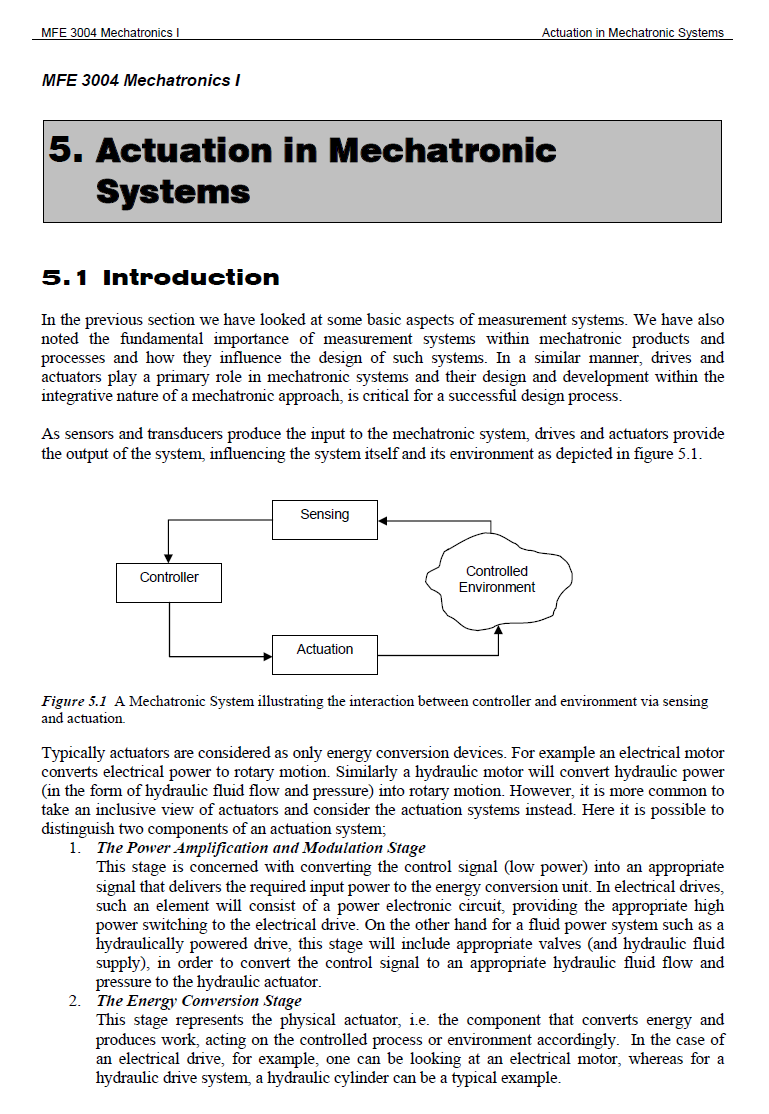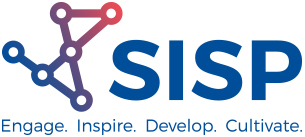Today we are going to talk about the basics of a PLC, the workhorse of industrial automation.
The programmable logic controller, or PLC, is a special purpose computer. It has no display, no keyboard, no printer, no hard drive, and hides in the control panel out on the factory floor, but it is still a computer.
Initially, the PLC was a replacement for panels of relays, devices that turn on and off. Making a machine run using relays as logic was time-consuming and challenging, and making a change in the logic or the operation of the machine was almost as complicated as starting over.
Students Learn About
- sensors and transducers
- manipulators
- PLC’s
- actuators (electrical, pneumatic & hydraulic)
Students Learn To
- apply and understand the uses of a range of sensor and transducer technologies
- incorporate mechatronic hardware to complete a variety of problem solving tasks
- use a programmable logic controller to actuate a pneumatic or hydraulic device
- utilise and program devices to perform a variety of control or monitoring tasks
Downloads

Actuation in Mechatronic Systems
Notes on Actuation in Mechatronic systems to support course work.
Videos
Today we are going to talk about the basics of a PLC, the workhorse of industrial automation.
The programmable logic controller, or PLC, is a special purpose computer. It has no display, no keyboard, no printer, no hard drive, and hides in the control panel out on the factory floor, but it is still a computer.
Initially, the PLC was a replacement for panels of relays, devices that turn on and off. Making a machine run using relays as logic was time-consuming and challenging, and making a change in the logic or the operation of the machine was almost as complicated as starting over.
In the following video, the functional elements of transducers and sensors are discussed. Sensors and transducers are devices that are used to measure physical quantities of interest. Transducer refers to any device that converts the measured physical quantity generally into an electrical quantity that can be used for further processing or controlling.
Sensors and transducers are widely used in process industries and many other industries for automation purposes. Without proper measurement, it is difficult to control parameters.

